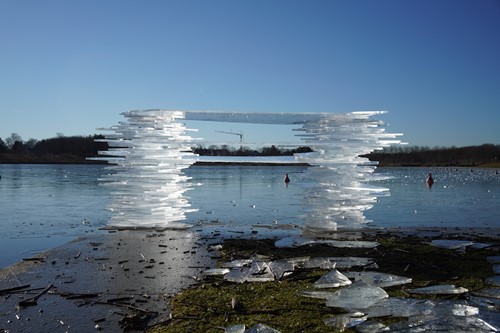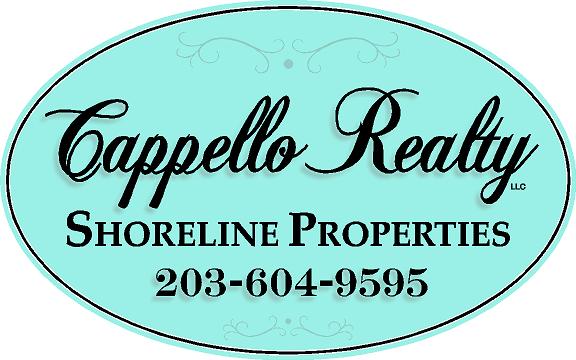
Land art is a term originating in the art world of the 1960s. Also called earth art or earthworks, land art was born from a combination of reaction to the increasingly commercialized and commodified nature of art and environmental activism. Land art has remained popular throughout the decades and you can find many famous examples all over the world. To understand more about land art, here are the basic elements you need to know.
Temporary
While most forms of art are meant to last forever, land art is unique in its ephemeral nature. Land art installations only last a short amount of time because of natural processes. Some examples include intricate drawings in sand on a low-tide beach or sculptures built out of snow. When the tide comes in and the air warms up, these art pieces will fade away. However, there are some permanent examples of land art that have already lasted decades, such as Robert Smithson’s “Spiral Jetty” in the Utah salt flats. The key factor is that land art must exist outside of established art spaces like museums. If it’s inside a building, it’s no longer land art.
Natural Materials
Another key tenet of the land art movement is use of natural materials. Stone, water, fallen tree branches, leaves and ice are common examples. Land art might also include natural elements from the animal world like feathers, shells, animal bones or furs. Some artists and critics insist on this rule and claim that land art using other materials like textiles or metal means the art is no longer “land art.” However, there is overlap between land art and environmental art, which seeks to draw attention to or comment on natural phenomena. These pieces frequently include materials like concrete and metal and string or glue to hold components together.
Location-Specific
While there can be some debate over the actual materials used in land art, one aspect artists agree on is the importance of location. Land art is always created for and in a specific place in nature and must stay there throughout its “life.” Sometimes, specific characteristics of a site may play a huge role in the art itself. For example, land art may depend on rising or lowering water levels, the angle of the sun, direction of wind or even the local flora and fauna. This is the most dramatic contrast with traditional art displayed in galleries or museums and can make the art less accessible when set up in remote locations. However, the opposite is also true: many regard land art as a more accessible art form because it does not require visits (or payments) to museums or galleries.
Like any art movement, land art has many facets and interpretations. These key elements are the most important things to remember when seeking or creating land art of your own.
About the Author

Linda Cappello, Broker, GRI, ABR
Linda A. Cappello, Owner/Broker of Cappello Realty Shoreline Properties. Cappello Realty is a full service boutique Real Estate firm that specializes in 06855 - East Norwalk, and services all of Norwalk and Fairfield County, CT. Linda has been in the Real Estate business for 20+ years, spending 18 of them as a Owner/Broker. Being a Broker adds a lot responsibility to her job. She is responsible for overseeing every transaction and agent in the office. This is a challenge that she looks forward to and takes very seriously. She is constantly taking continuing education classes and attending seminars to keep abreast of the ever changing market as well as the industry standards, rules and regulations.
She is a native to East Norwalk, and has an in-depth knowledge of the city that she loves, as well as the intricacies of the many unique neighborhoods and areas that Norwalk offers. Linda offers her clients a network of professionals ranging from Attorneys, Mortgage Brokers, Home Stagers and Home Inspectors to any and all pros that you may need for a successful transaction and for the convenience of her clients.
"My job doesn't end at the closing table. It goes far beyond that, keeping in touch and staying friends who refer their family and friends. A lot of my business is referral business which is the greatest accomplishment and honor of all. Earning my clients trust."
